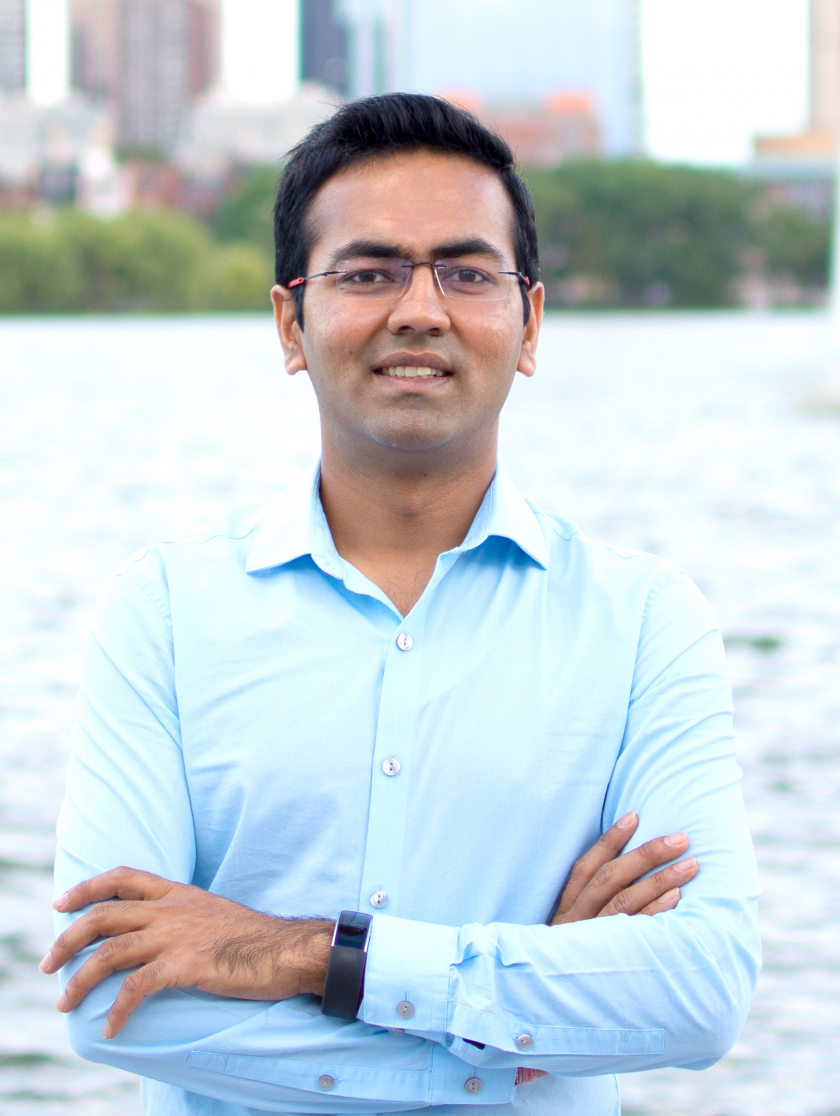Abstract
Wireless sensing can enable new applications in robotics, AR/VR, metaverse, health monitoring, and day-to-day life. The fundamental difference for wireless sensing is its potential to extend sensing to inclement weather and non-line-of-sight settings and provide a complimentary sensing modality. In the last two decades, wireless sensing has gained traction without any real-world deployment. Primarily due to a lack of low-overhead deployment and being accurate and robust. I will present designs for wireless sensing systems that bridge with robotics to push us closer to real-world deployments.
Robotics for Wireless Sensing: We develop the autonomous robot to map both the physical map and map wireless infrastructure, establishing the requirements and solutions to achieve mapping both. We develop techniques to enable accurate indoor localization within the context of a given map, overcoming the corner cases’ shortcomings and providing reliable and robust location estimates.
Sensing for Robots: Next, I will briefly present how robotics can use WiFi as a sensor like LiDar for SLAM algorithms, replacing the LiDars. I would briefly present AI-driven wireless sensing (radars) to enable autonomous perception systems in inclement weather and accurately perform 3D detections, achieving safer autonomy. In recent efforts, we have combined wireless sensing with cameras to perform accurate 3D detections in all weather. In another recent effort, we developed batteryless wireless force sensors, which can be used in constrained robotic scenarios where wiring is challenging, like soft robotics or difficult-to-integrate wires like haptic gloves.
Bio
Dinesh Bharadia has been a faculty member in ECE at the University of California San Diego since January 2018. He received his Ph.D. from Stanford University in 2016 and was a Postdoctoral Associate at MIT. His research interests include advancing the theory and design of modern wireless communication, wireless sensing, and sensor design with applications to robotics, health, and everyday life. Much of his research has inspired new research areas for border communities: communication theory, circuits, RFIC, and robotics. Furthermore, much of his research work has been translated into the startup and commercial products (Haila, Kumu Networks, Totemic Labs).
Specifically, he built a prototype of a radio that invalidated a long-held assumption in wireless that radios cannot transmit and receive simultaneously on the same frequency, which inspired research on this topic from different communities (communication theory to RFIC). From 2013 to 2015, he worked to commercialize his research on full-duplex radios, building a product that underwent successful field trials at Tier 1 network providers worldwide like Deutsche Telekom and SK Telecom. This product is currently under deployment. He serves as a technical advisor for multiple startups.
In recognition of his work, Dinesh was named to Forbes 30 under 30 for the science category worldwide list. Dinesh was named a Marconi Young Scholar for outstanding wireless research and was awarded the Michael Dukakis Leadership award. He was also named one of the top 35 Innovators under 35 worldwide by MIT Technology Review in 2016.


